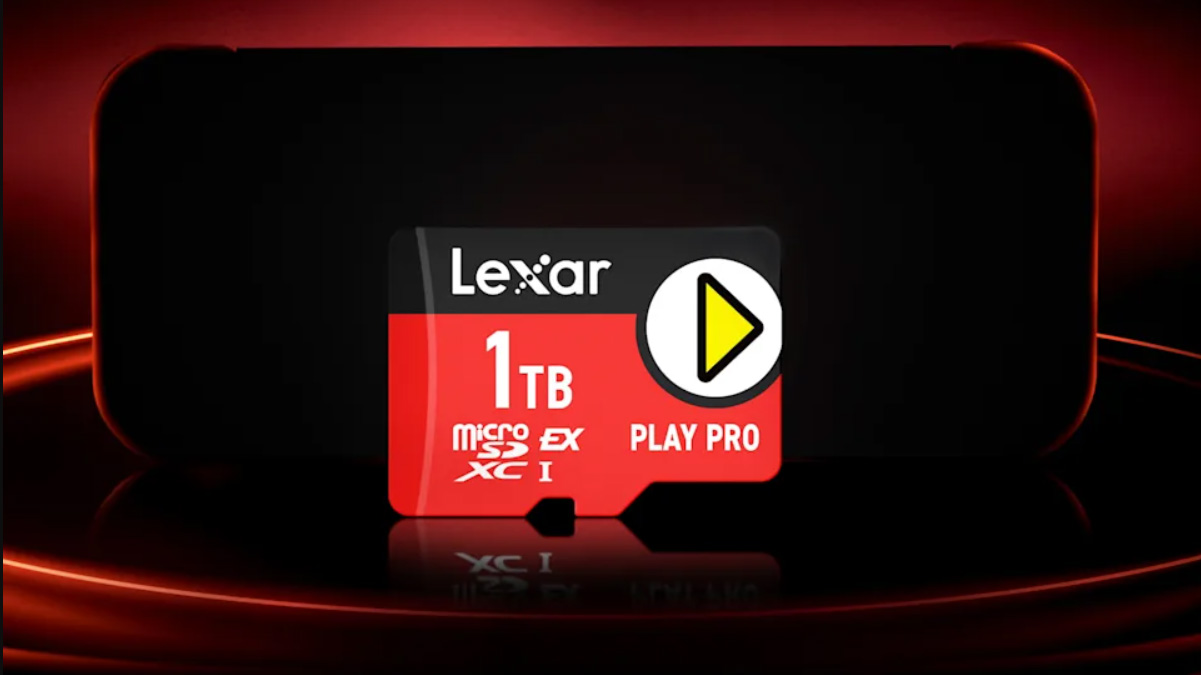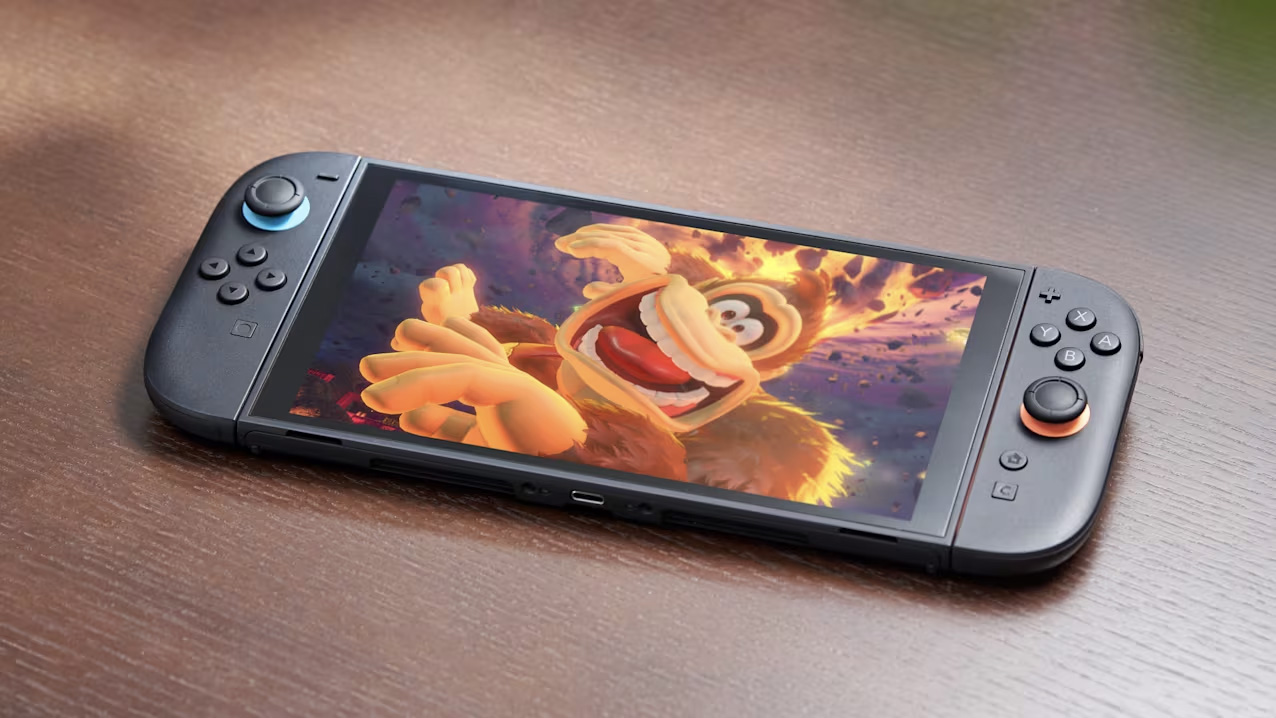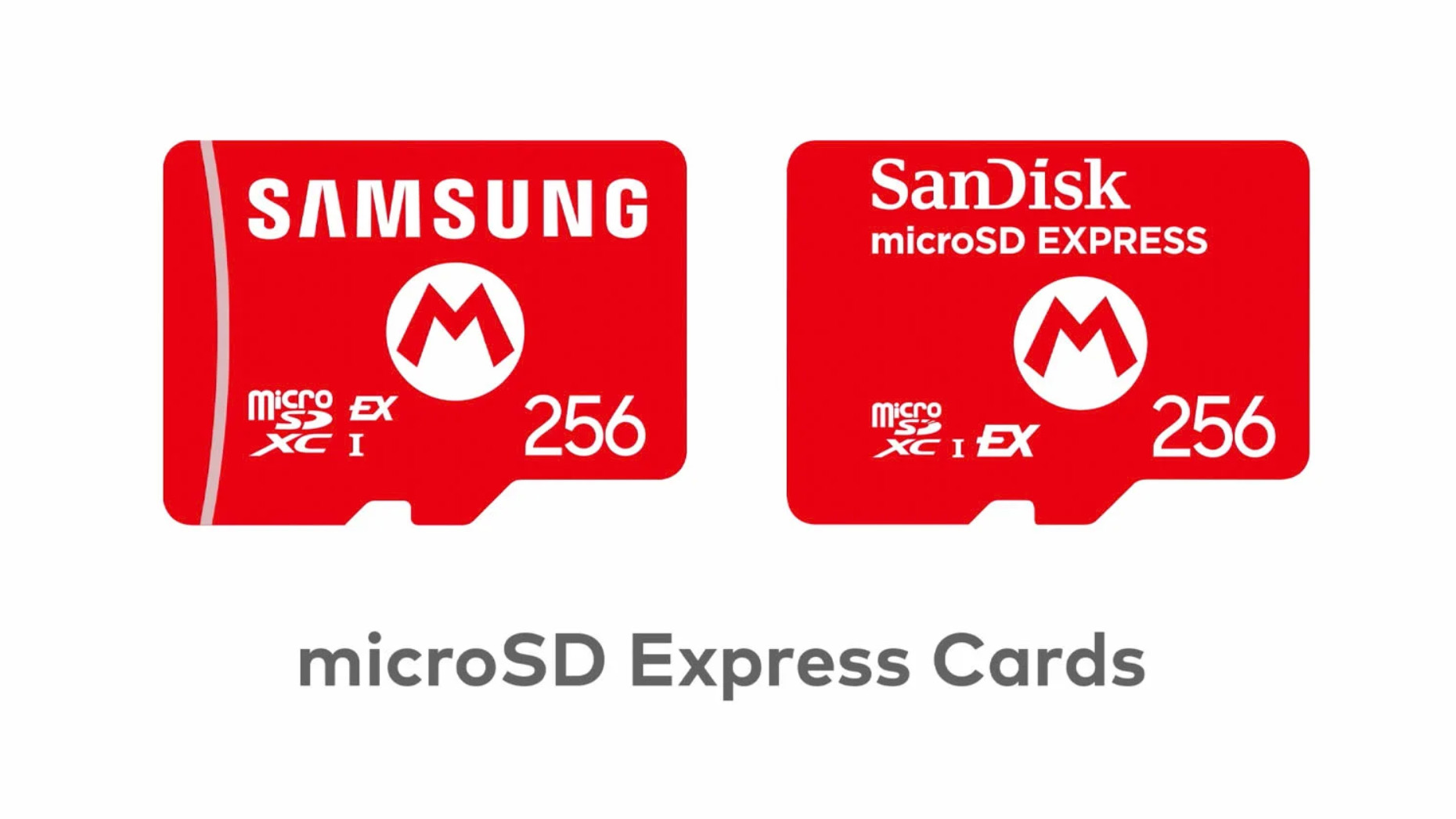FINALLY! A device is coming that'll use the long-awaited SD Express memory card format
And it's a surprisingly important one

In October 2023 I wrote an article here with the headline: Dead and buried already? The latest SD card standard is fast but flawed. This was in reference to a then-new update to the little-known SD Express memory card format, which claimed microSD Express version 9.1 cards could be capable of an impressive 1969MB/s maximum transfer speed. All well and good, but with no devices that actually supported SD Express cards at the time, and with an equal shortage of the cards themselves, there seemed little practical point to the new format, regardless of its advertised high speed.
And for the past 18 months that news story has remained valid: SD Express cards still haven't materialised, and consequently there are still no mainstream devices that support the format.
However, a few days ago news came that, finally, a device is set to launch that will use microSD Express cards: the Nintendo Switch 2.
On the one hand this makes some sense. The original Switch has a standard microSD slot to expand its on-board internal storage, so maintaining this for the second-generation console is a no-brainer. And by using the latest version of the microSD format for the Switch 2 means owners of an original Switch would be able to re-use their existing microSD cards.
Except they won't be able to. Nintendo has revealed that, although microSD and microSD Express cards are dimensionally identical and the new format is backward-compatible with the old (albeit with some speed limitations), Nintendo has designed the Switch 2 so it won't offer any backward-compatibility with regular microSD cards. You'll only be able to use the new (and considerably more expensive) Express cards in the Switch 2.
The reason for this is likely to ensure slower, regular microSD cards don't end up bottlenecking the Switch 2's loading times. microSD Express cards should have a minimum read/write performance of at least 150MB/s, with the fastest cards potentially being capable of that 1969MB/s transfer speed mentioned earlier. But by ditching compatibility with current microSD cards, Nintendo may as well have just switched (unintentional pun) to a different form of memory card altogether, and a better-established one at that.
At least the pricing of the upcoming microSD Express cards seems favorable, with Lexar's new PLAY PRO microSDXC Express Cards priced at $100 for the 512GB capacity, and $200 for a 1TB card. That is considerably more than regular microSD cards of an equivalent capacity, but it's still less than CFexpress Type A - a card format that would have also made sense for the Switch 2, thanks to its high speed and compact card size.
The best camera deals, reviews, product advice, and unmissable photography news, direct to your inbox!

So with a major brand finally investing in SD Express, could this be the start of a long-overdue SD Express revolution? Call me cynical, but I doubt it. CFexpress is now well established in the camera sector, eliminating any need for full-size SD Express cards. A few years ago there could have been a case for microSD Express cards being used for expandable storage in camera phones, but now pretty much every high-end phone has deleted the microSD slot, there seems little reason for low- and mid-level phones to support what's still a niche memory format.
This still leaves room for other devices - particularly drones - to potentially adopt microSD Express. I wouldn't rule this out, as manufacturers of microSD Express cards will now be fighting hard for the format to be supported by a wider range of devices, in order for their investment to not be reliant on just a single compatible product.
Ben is the Imaging Labs manager, responsible for all the testing on Digital Camera World and across the entire photography portfolio at Future. Whether he's in the lab testing the sharpness of new lenses, the resolution of the latest image sensors, the zoom range of monster bridge cameras or even the latest camera phones, Ben is our go-to guy for technical insight. He's also the team's man-at-arms when it comes to camera bags, filters, memory cards, and all manner of camera accessories – his lab is a bit like the Batcave of photography! With years of experience trialling and testing kit, he's a human encyclopedia of benchmarks when it comes to recommending the best buys.
You must confirm your public display name before commenting
Please logout and then login again, you will then be prompted to enter your display name.



